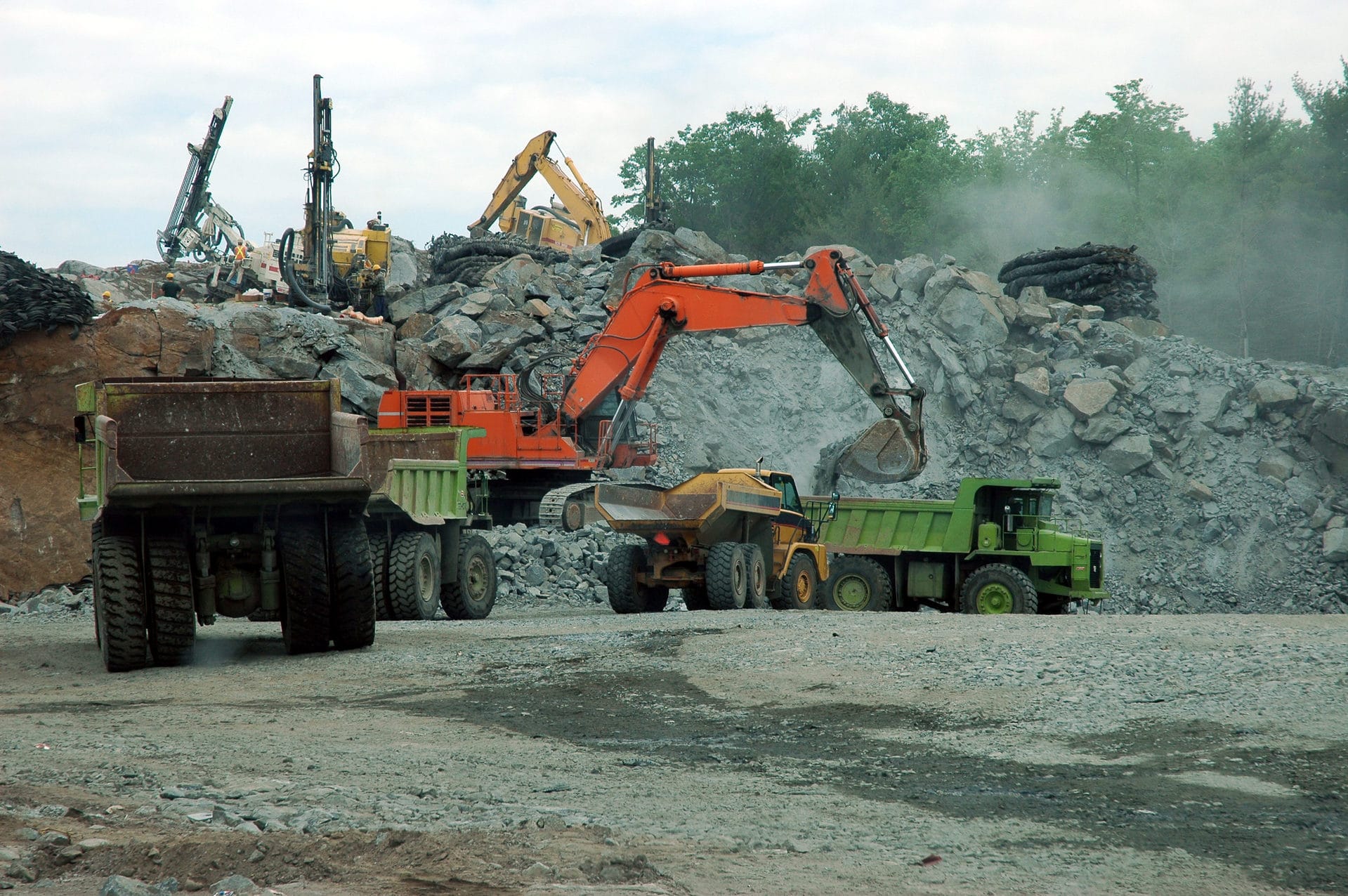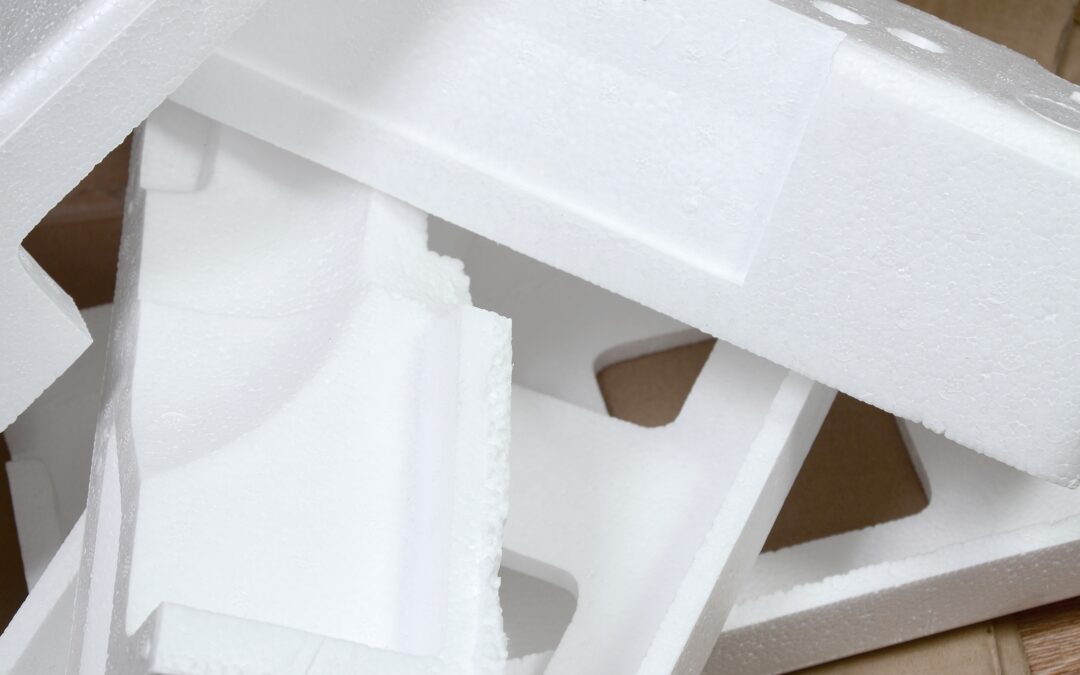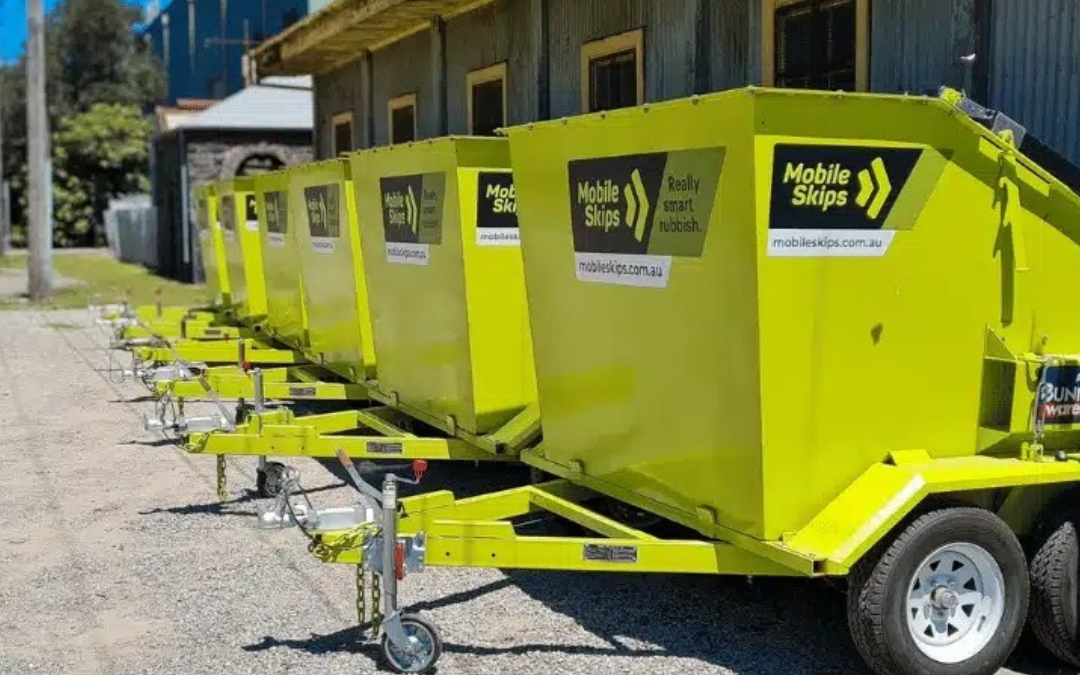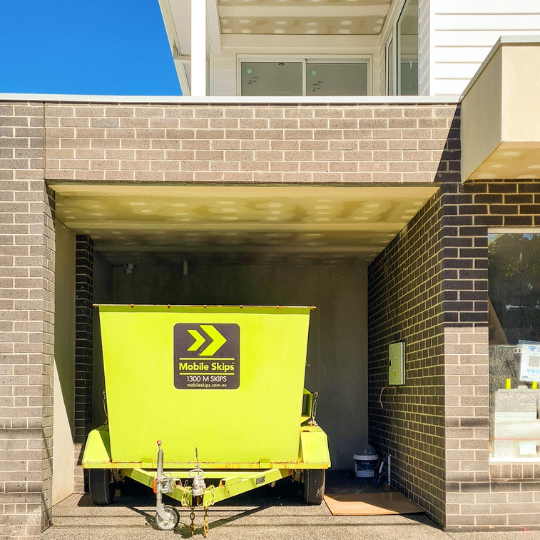Australia has been moving forward as one of the most resourceful countries in the world. The population is happy, and the surroundings provide a very halcyon aura. The only task which the Australian population has right now is to ensure that these things are stable. They need to take every possible step to stay at this benchmark and to respect the refreshing environment.
Waste management is a very crucial domain and is also a prerequisite to a happy population. Clean surroundings always radiate positivity and prosperity. Throughout this article, you will be learning about how to manage waste at construction sites so that the harm to the environment can be minimised. Australia has various departments like Australian Waste Management which are there to safeguard the interests of people at all times.
Need for waste management at renovation sites
It has been mentioned in various studies that the waste from renovation and construction sites is the major contributor to landfills. This waste is responsible for the emission of toxic gases which are harmful to both the environment and the population.
The landfills are getting filled continuously, and thus the space to bury this waste is becoming hard to attain. There has been opposition by the masses to dig up new landfills which sometimes causes the waste to remain unmonitored.
The process of waste management at construction sites is an expensive affair and requires coordination between both the government and the people. Contractors do not often take this up because it increases the cost of the project, and therefore the government is the sole catalyst to drive this change. The Australian government has laid down all the information regarding the same.
In order to be in a sustainable environment, the waste has to be minimised efficiently so that the management reduces in itself. These small steps are very important to ascertain a positive trajectory towards a happy and healthy future for any nation.
Benefits of Waste Management at Renovation sites
There are multifarious benefits of managing waste for various stakeholders. These benefits do not gain the limelight but are really important.
Betterment of Marine life
Marine life often goes unattended when it comes to waste disposal as a lot of waste from construction sites is dumped into the rivers and oceans. Even when the government tries its best to monitor such malpractices, some waste always gets off the hook.
The species underwater have been facing a detrimental effect, and therefore it is really important to establish channels for the waste to be handled well. Improving marine life boosts the health span of over 700 species and balances the ecosystem.
Betterment of Human Life
As briefly mentioned above, human life faces a grave threat from the toxic emissions of these waste substances. There are a lot of airborne diseases along with respiratory disorders which can be spread if this waste is not kept under check.
Underlying waste can also be a shelter for harmful bacteria which is powerful enough to contaminate at large scales.
Employment Opportunities
The unorganised waste management sector earns a significant amount of money. If the whole process gets converted into a centralised authority which is regulating shifts, it can be a good addition to the GDP as well.
Economic Benefits
Poor waste management has a negative effect on the treasure of the government. It does not add anything to it but grabs every opportunity to drain it. The harmful effects which the toxins cause have to be fought with vaccines and medication which requires funds.
The government has to handle these expenses, which often come at the cost of rapid growth.
Types of Waste at Construction Sites
To be able to manage waste, it is important to know what kind of waste you will be dealing with. Sometimes it gets really confusing to classify waste and thus in order to optimise it, you should know it in and out.
Bricks
Brick waste can be generated mainly at the places where there is destruction taking place. Used bricks have mortar and plaster, which makes them unfit for use.
The fragments of broken bricks also form a large amount of waste. They should be recycled and put to use.
Concrete
The generation of concrete waste is identical to the generation of brick waste. However, Concrete is the most responsible component of filling landfills.
Tips to recycle concrete are laid out, and they should be kept in mind while such waste is generated.
Ferrous Material
Ferrous materials are present at almost every construction site and are really profitable to recycle. The process of recycling them is easy and can be carried out multiple times.
Ferrous materials do have a tendency to oxidise and then cause harm to the environment.
Paper and Cardboards
Paper and cardboards are new types of construction wastes that were not present earlier. The use of wallpapers is very prominent in Australia, and while renovating your home, it is really important to discard the used wallpaper properly.
The paper recycling business is very prominent and thus should be utilised well.
Plastic
Plastic also forms a major chunk of the waste that gets accumulated at construction sites. Therefore, it should be collected, cleaned and recycled so that it can be put to use again.
Recycling plastic becomes a very difficult job if it is mixed with other components, and hence it is always advised to segregate it first before recycling. Once it is segregated, it can be recycled easily and be used again like it was never used before.
Importance of Recycling Waste Material
As mentioned above, recycling techniques for almost all types of waste materials are present. Timber is also a very prominent example of upcycling and its benefits. Demolished timber is detailed, resized and put to use again multiple times until the size is not fit for any use.
Here are some of the major reasons why recycling waste is really important.
Lesser new resources required
Humans have been exploiting the resources which have been readily made available by nature. Due to this unorganised exploitation, the availability levels of these resources started falling down.
With proper recycling techniques and plans at length, the need for the scarcely available resources will be truncated. By this, we can put the already used resources to work again while maintaining a sustainable tendency.
Cutting Cost
The cost of production and transportation can be dramatically reduced if recycled waste is put into use. The same substances can be altered, which will save the whole chunk of production cost.
Using resources that are otherwise lost
Waste material is definitely a resource because it has the potential to be used again. Once this waste is dumped into a landfill, nothing can be gained from that potential. Recycling helps to use that material again so that it can be efficiently consumed.
Barriers to Recycling Waste Material
Even when we know that recycling is the only way forward to a sustainable environment, there exist multiple barriers to recycling.
These barriers are solely responsible for the waste getting accumulated and should be tackled with a prompt response.
Absence of appropriate technology
Even when the world is pacing towards an extensively advanced technological world, there are still some substances that take a lot of time to recycle. These are complex mixtures that take a lot of time and specialised conditions to break down into simpler fragments.
The only way to tackle this barrier is to spend some time and money to come up with effective solutions. Once a solution is developed, it can be used over and over again.
Lack of Awareness
The most serious barrier to recycling waste is the extended lack of awareness that exists among the masses. People do not know the distinction between what is waste and what is not. Even when there is an intention to recycle, the amount of knowledge required seems to be missing.
The sole way to tackle this issue is by organising campaigns in which people can learn about the decimating effects of waste and why recycling is very necessary. Once, there is an ample amount of knowledge being circulated, it is only a matter of time until everyone adopts the practice of recycling.
Summing up
The practice of waste management is the need of the hour because development in the form of construction cannot cease to exist. The world is moving swiftly towards advancements, and because of these rapid changes, the infrastructure needs to cope up too.
If the above-mentioned waste materials are given some amount of attention, not only will they be used again, they will derive multiple benefits to all the stakeholders. So, bring on the construction work but make sure you stick to these tips and guidelines because Earth is your home too!
Summary
It has been observed that there is a lot of waste which gets accumulated at construction sites in Australia and that the management of it is still not up to the mark. Even when there are organisations that are actively looking to solve this problem, the cooperation from the public sometimes falls short.
Therefore it is really necessary to inform the public about the grave dangers that come if waste is not managed properly. It is also quintessential to educate them about the different types of waste materials that exist but often loses sight of.
Home Renovation: The initial step
If people who are involved in renovating their homes can be educated about this phenomenon, there will be a decent decline in the amount of waste that will be dumped into the landfills. People will also prefer to use the materials which are recycled because they will know the importance of it and the impact which it has on the environment.
Still a bit confused about how to gather all this information in one place? Check out the article on “Correlation between Home renovation and waste management” to get all your queries answered in one place. Cheers to a better environment!






